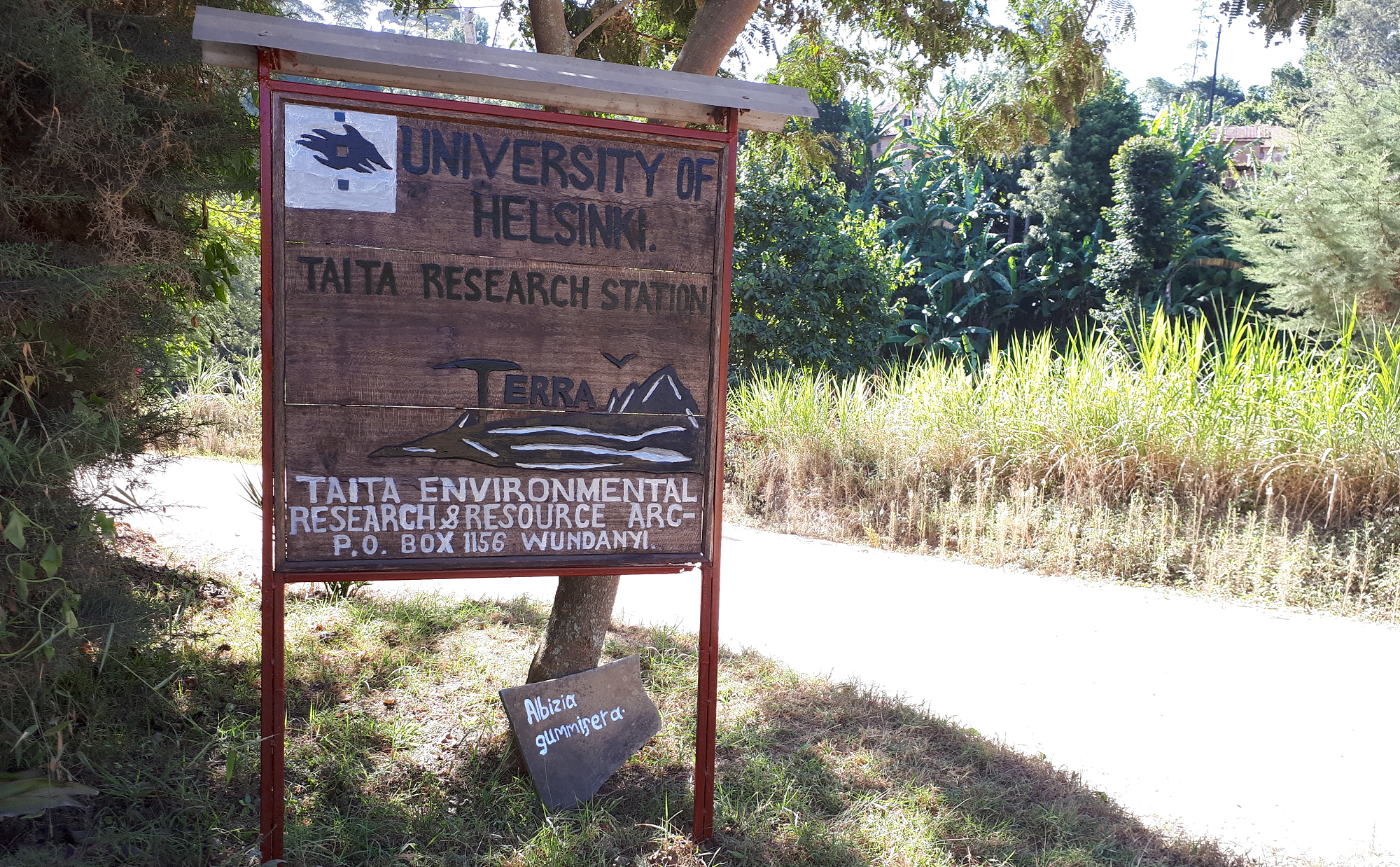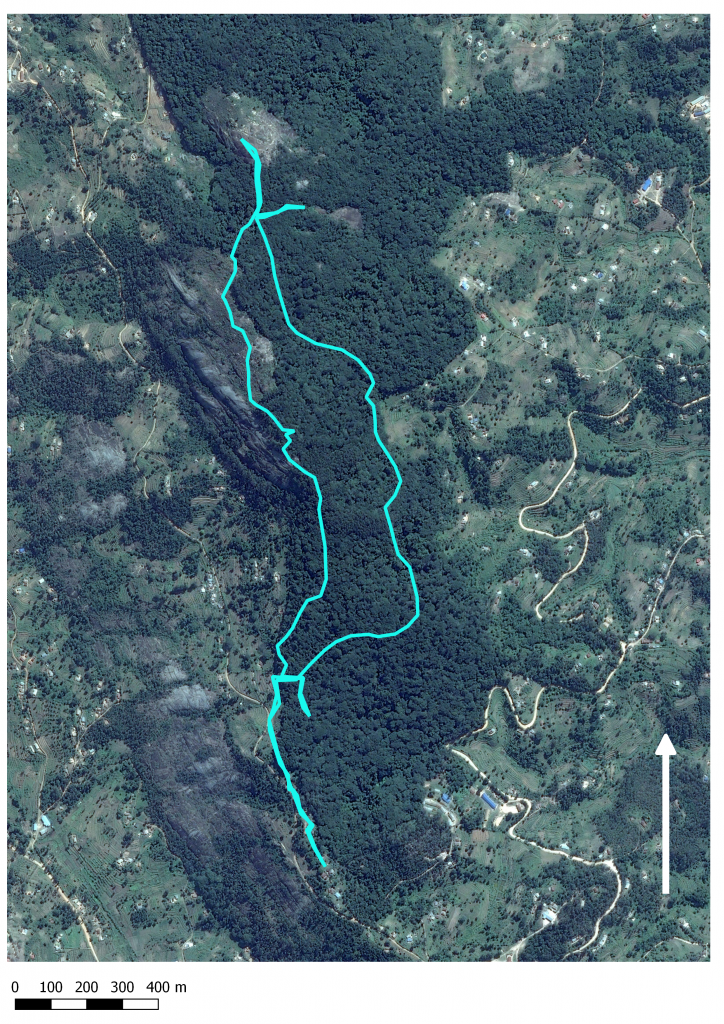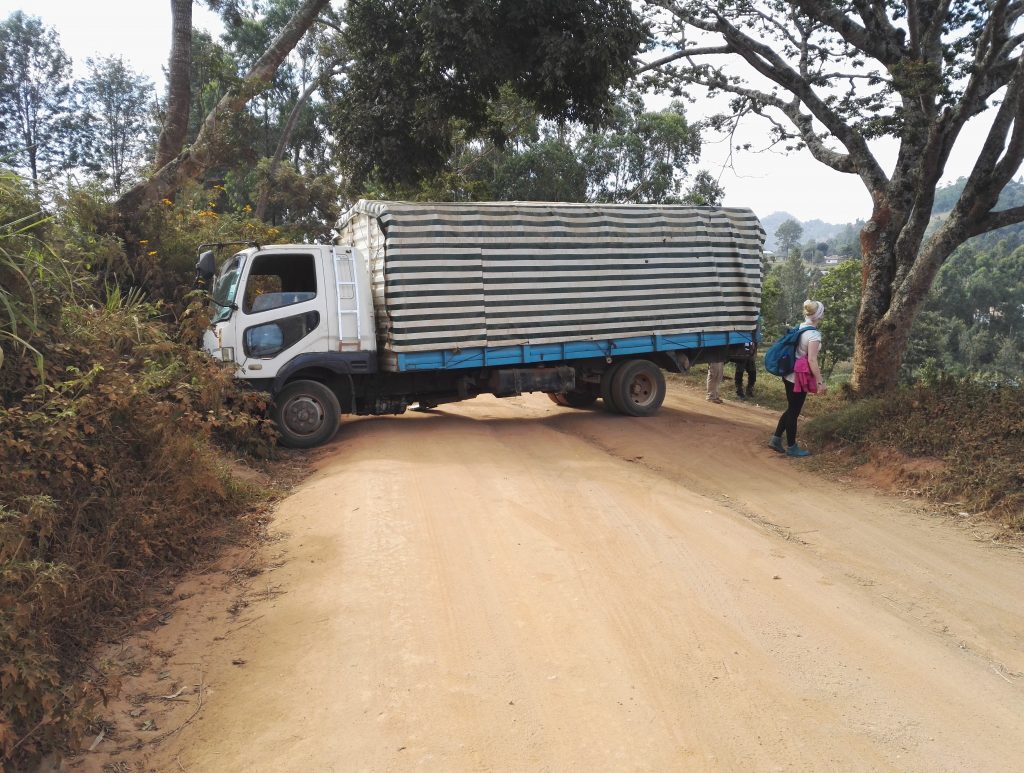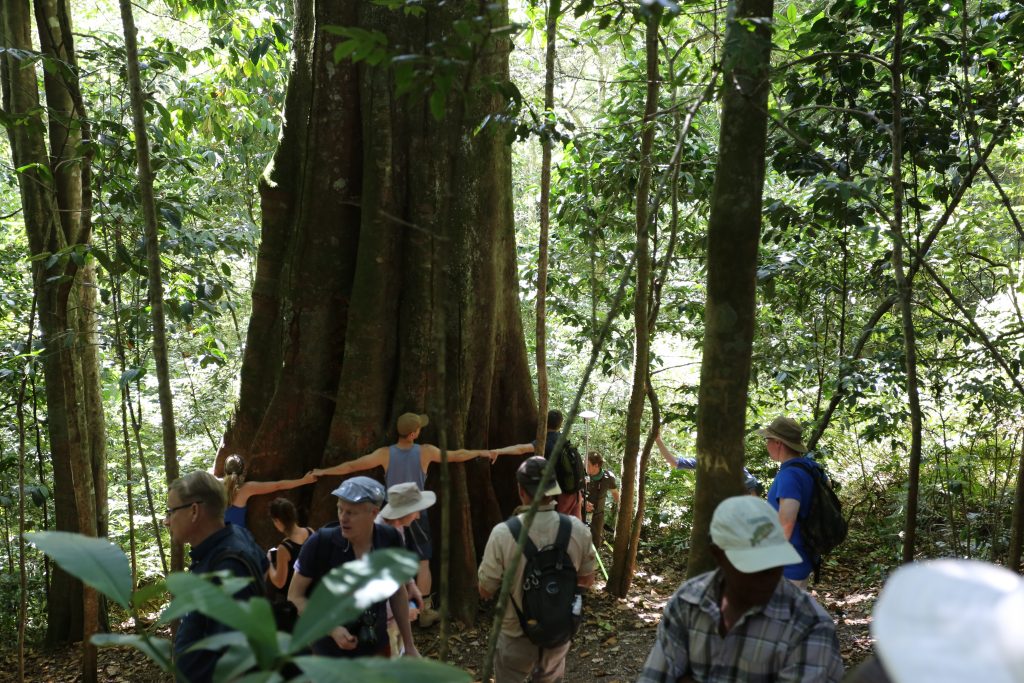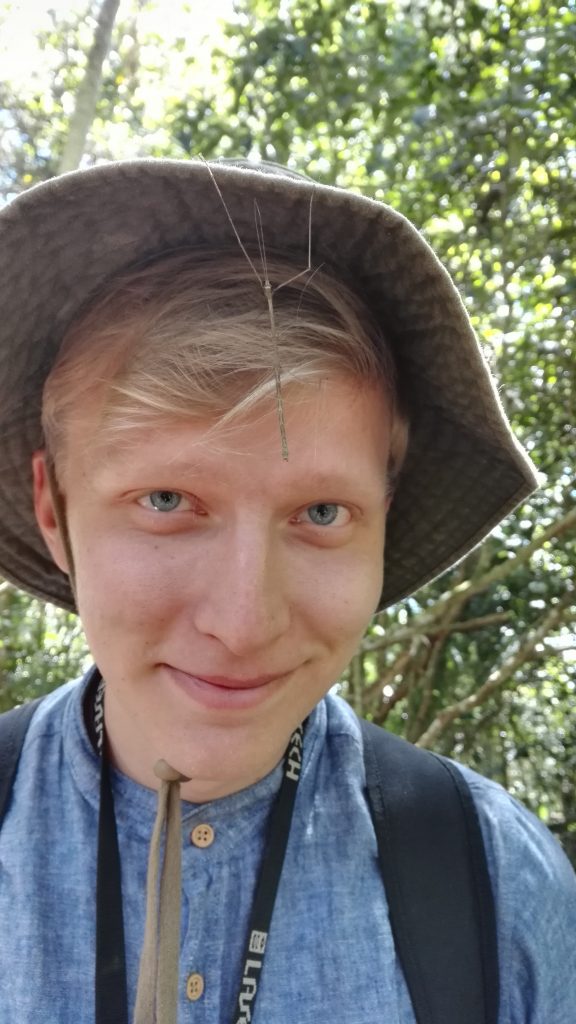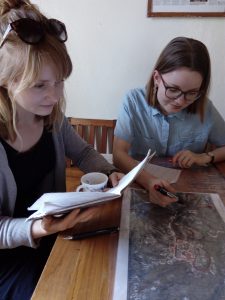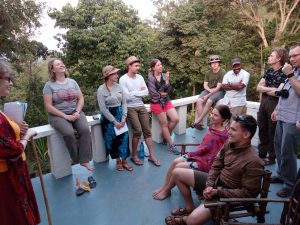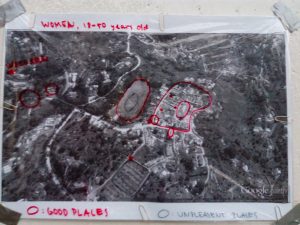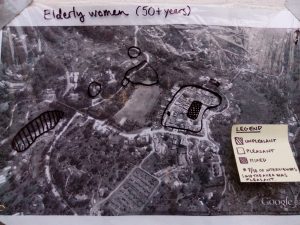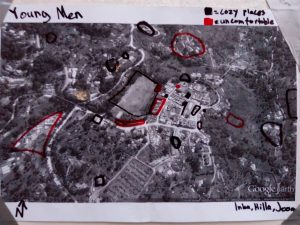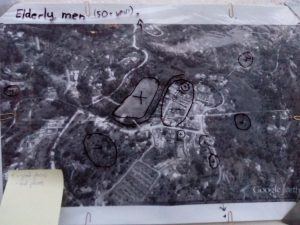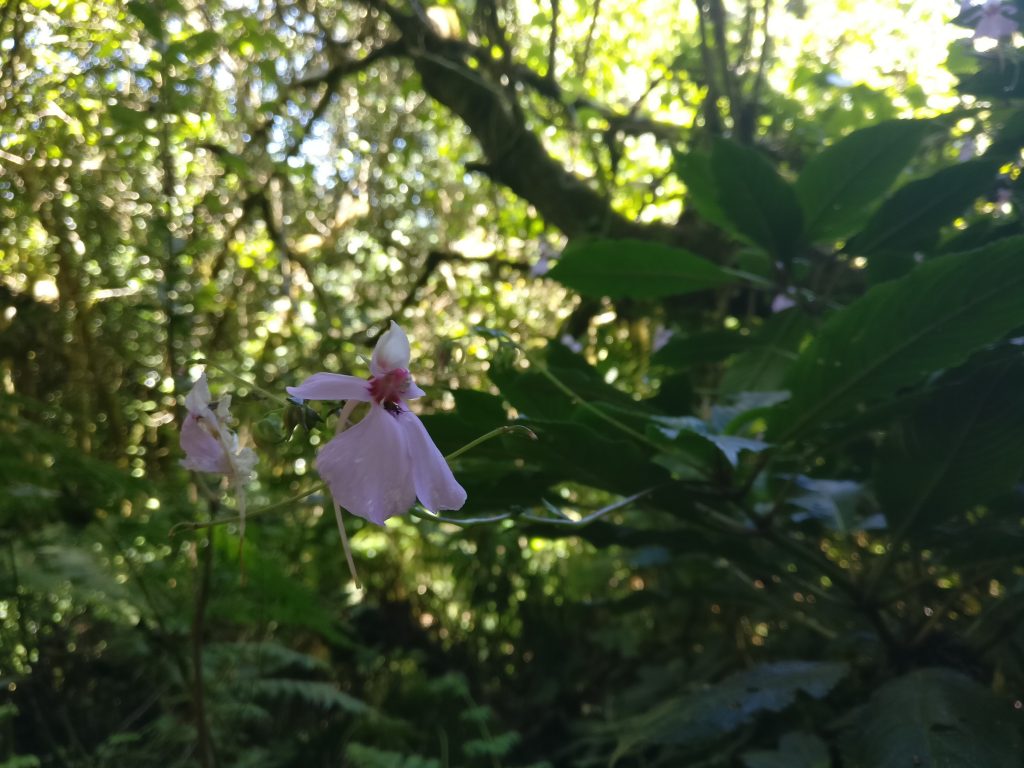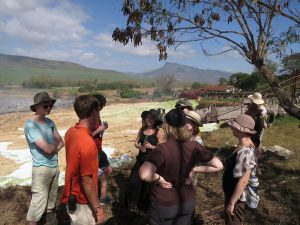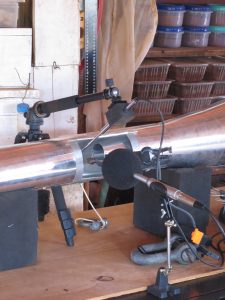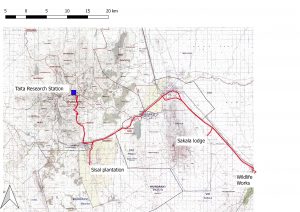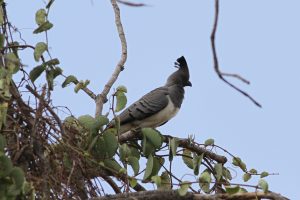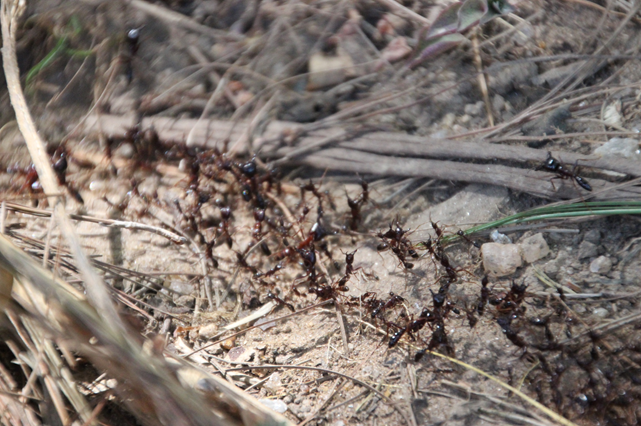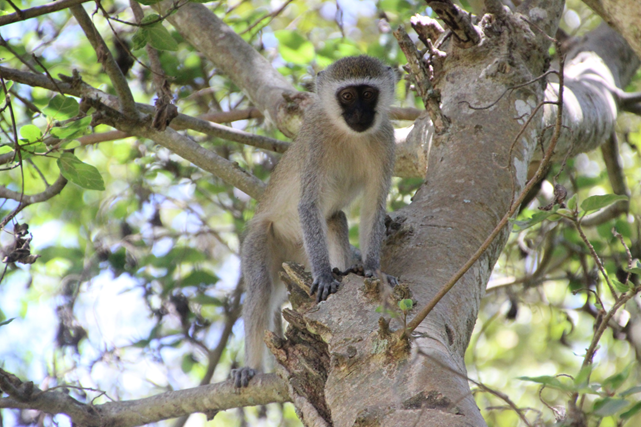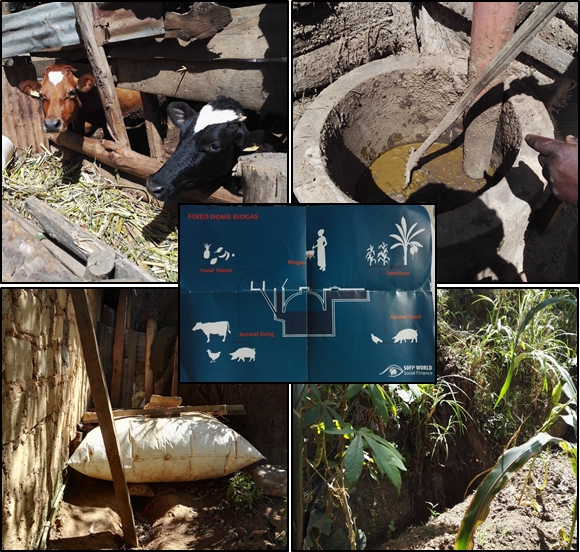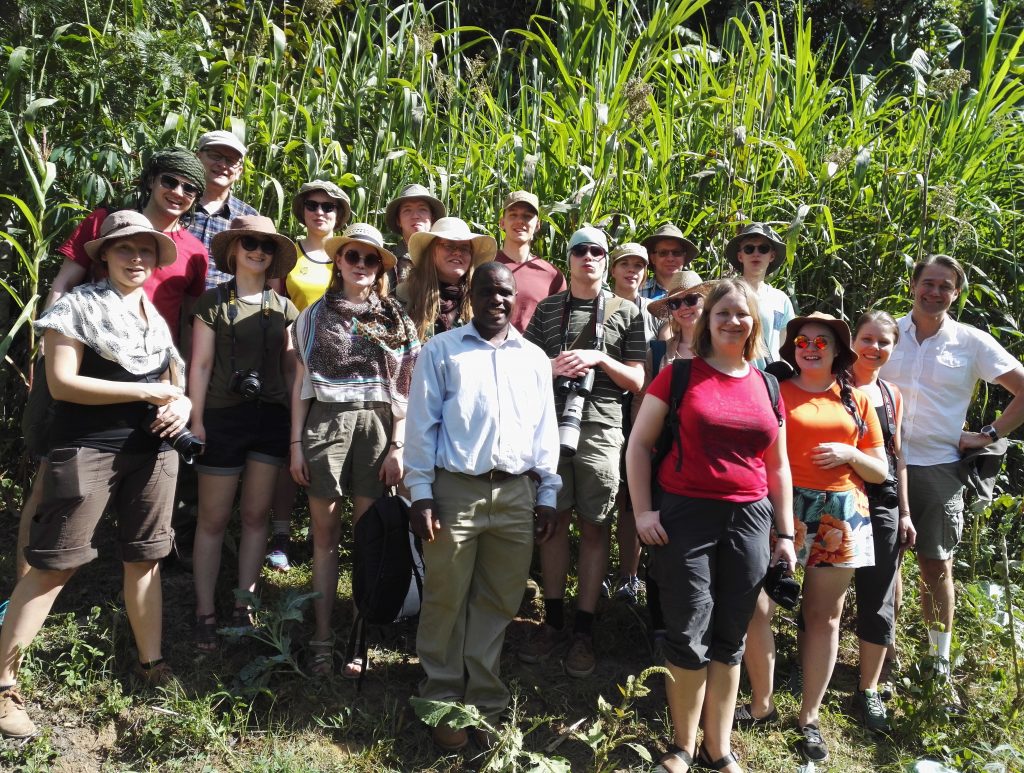After yesterday’s late-night film session, we were tired but full of enthusiasm when we woke up at 5 AM to see the Lumo conservation area. We were split by different interests in to three cars and our dear bus, so everybody was given the opportunity to sit on a window seat. After almost one hour drive we arrived at the gates of the conservation area. One of the green-suited official rangers hopped on to the bus and was very helpful in spotting and identifying the animals.

In the conservation area the yellowish dryland savannah was surprisingly full of life despite the dry season and lack of rains. Only some acacias and the waterfront bushes were green, but we managed to see many of the expected savannah species and some unexpected as well. Our skillful bus driver Jackan drove the bus nimbly between the bushes and shrubs, and it did not take long until we saw a wild Pumba-like warthog running around the landscape with three little piglets. This inspired one of the students to make a funny statement: “where there is Pumba, there is Timon,” which was very soon followed by a sight of a small mongoose family. Sadly though, we were informed that the species was not the same as actual Timon’s but that they were just common dwarf mongooses.
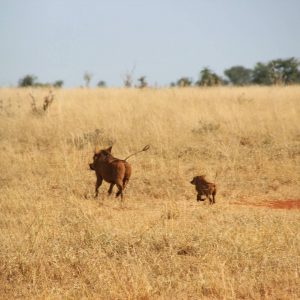

The most exhilarating animals sighted during the safari included a friendly male giraffe who was munching fresh leaves and did not care a bit of us, two dinosaur-looking secretary birds approaching each other gracefully, a herd of female lions hanging above the trees with their young cubs, and most surprisingly, a rare family consisting of a female leopard and its two babies. We heard that seeing the leopards was so rare that even the safari-experienced university teacher had only seen them once before (and made a shirt about it as a proof).
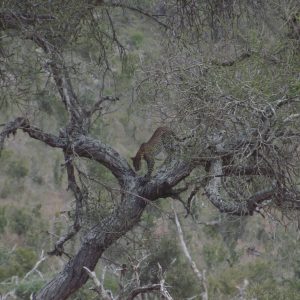
In the Lions Bluff lodge, we had a great lunch and an amazing view over the Lumo and Tsavo areas. Once again, everyone was stunned by the height of Mt Kilimanjaro that peaked the clouds in the distance. Delicious three-course meal cost only 1000 Kenyan shillings (8 euros) and was quite a luxury after some tough days of small snacks. It was also pleasant to hear that the resort was managed by the local community and that the items sold in the gift shop were produced locally. Some students were so thrilled with the lodge that they agreed to spend their after-graduation holidays there.
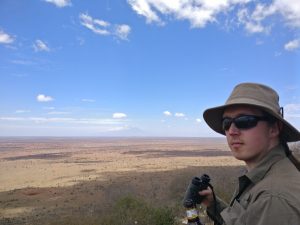
After the lunch break, we were headed towards the farm of Mwadime in the Maktau village, our helpful station foreman. At the farm we were warmly welcomed by his numerous family. His wife Jennifer, relatives and children greeted us with hugs and handshakes, and they even offered us tea and local pastries. Mwadime introduced us to his agricultural production and to the measuring devices used in many research activities that are taking place around his lands. It was interesting to hear about the precipitation surface experiments and carbon dioxide flux measurements that were both set there to give data about different environmental factors affecting the local agriculture. For some students it was also the first time to see a carbon flux measurement tower, the function of which was well explained by the Chancellor of University of Helsinki who is a professor of aerosol physics.
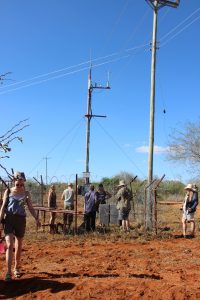
In the evening we all enjoyed the last dinner together with the station staff outside in the lanterns’ light. It was a perfect ending for an almost-fortnight of physically demanding excursions and field work in the mountains and the surrounding areas.
Written by Hilla Tuominen and Tiia Määttä
